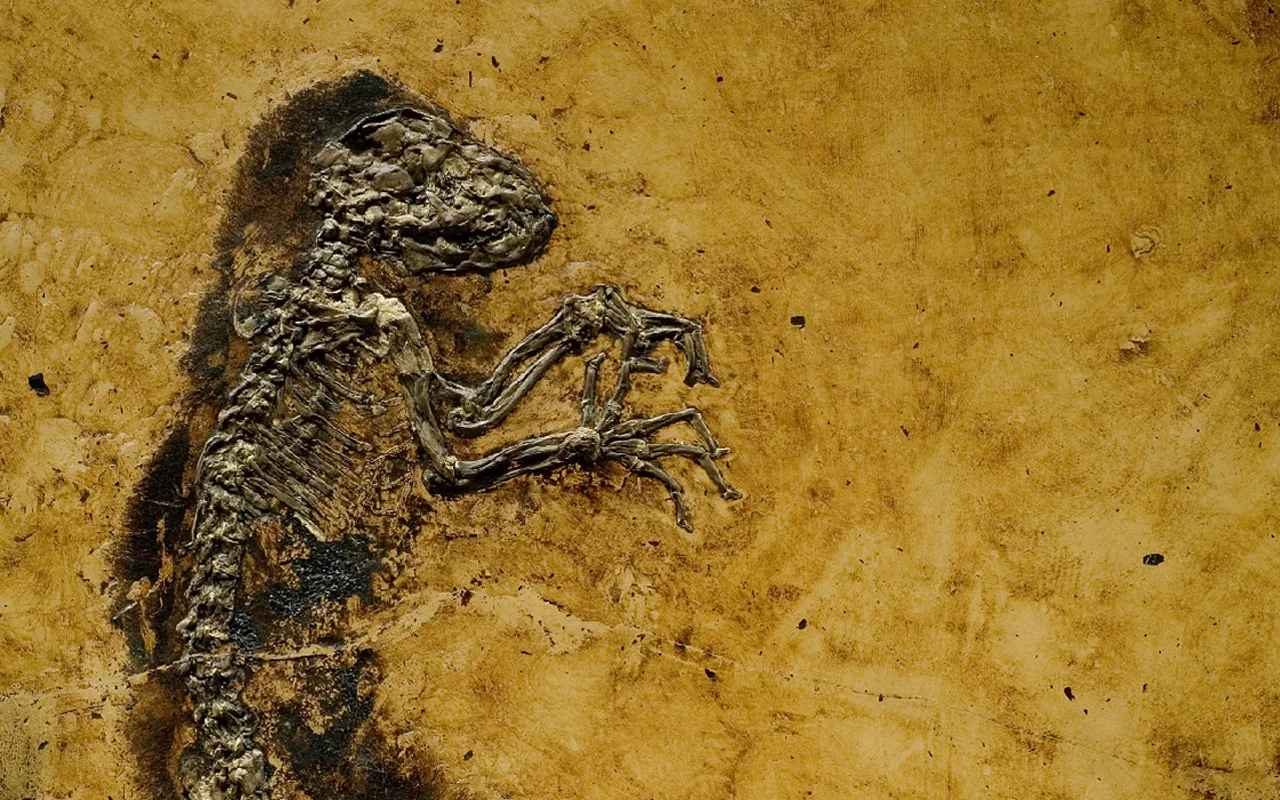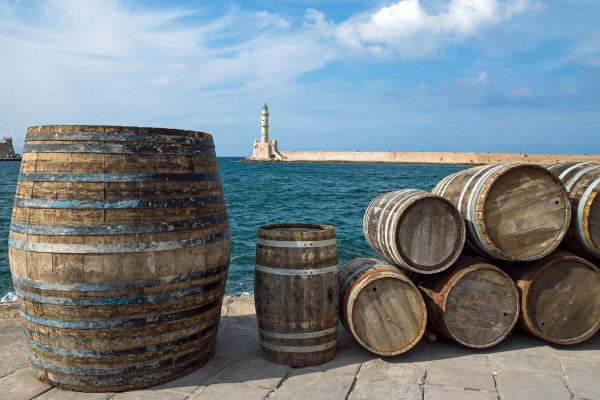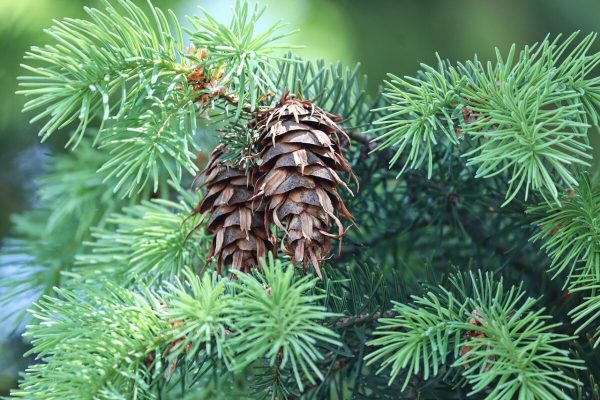This piece of fossilised resin contained the entire tail of a feathered dinosaur the size of a sparrow, complete with bones and feathers.
Someone at the amber market in Myanmar was going to sell the polished stone as a cheap piece of jewellery, convinced that the remains trapped inside were just plant material. They were wrong. Inside this 99-million-year-old lump of fossilised resin was the entire tail of a sparrow-sized feathered dinosaur, complete with bones, skin, flesh and feathers.
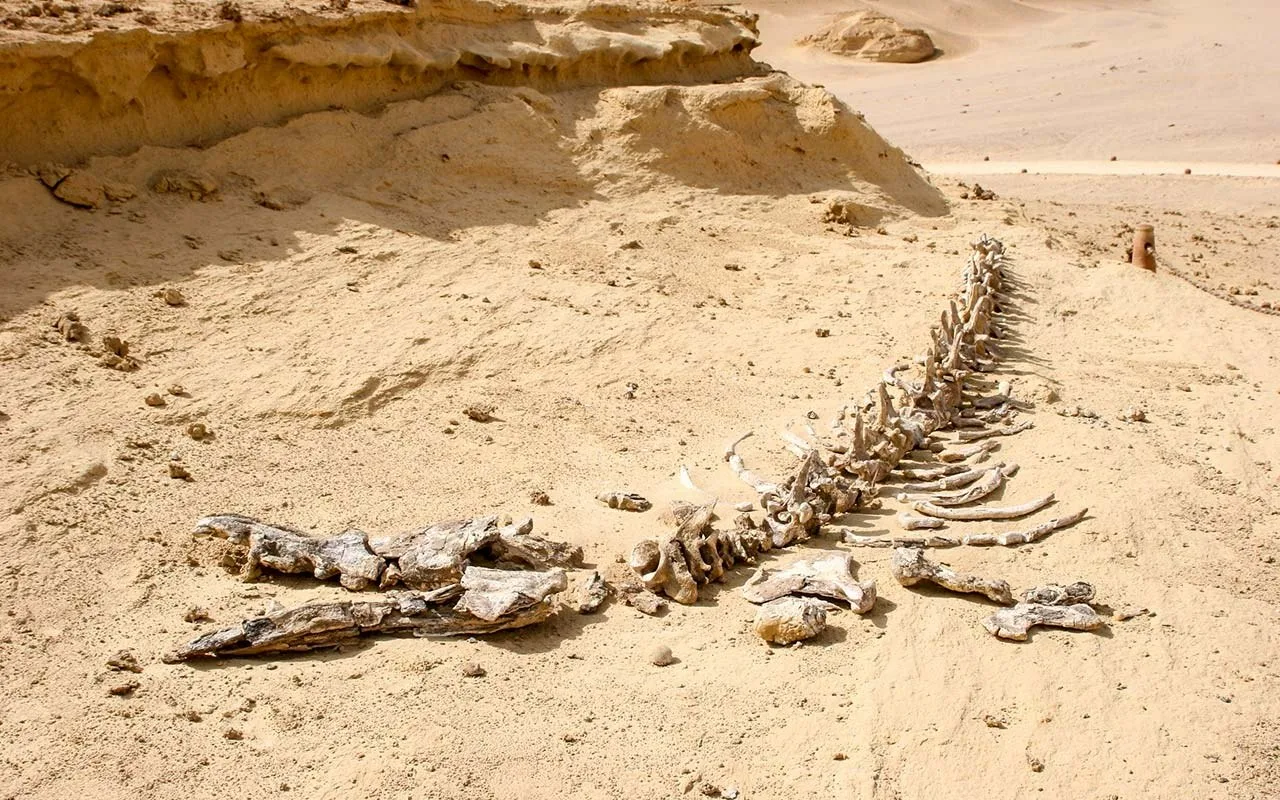
The discovery, published in the journal Current Biology and reported by The Mirror, marks the first time that preserved dinosaur remains have been found in amber.
If Chinese palaeontologist Lida Xing had not been wandering around the Myaikhtay market, this exhibit would have disappeared from the eyes of science forever.
What kind of dinosaur was it?
Xing tracked down the miner who extracted the amber in Kachin State in north-eastern Myanmar, an area where amber has been mined for 2,000 years.
Together with Ryan McCellar from the Royal Saskatchewan Museum in Canada, they confirmed that it was not an ancient bird, as the vertebrae were not fused into a rigid structure like those of modern birds.
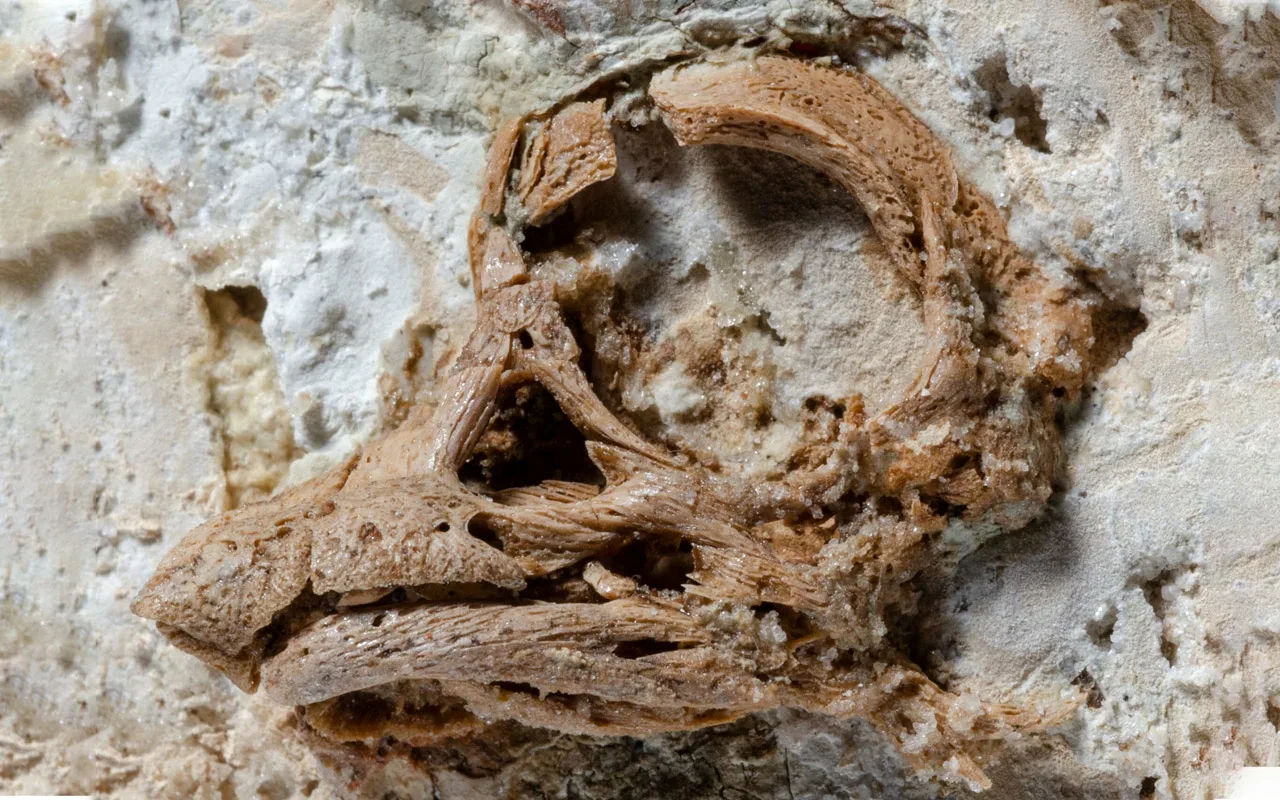
The tail was long and flexible, with rows of feathers on the sides, a chestnut-brown pattern on top and white on the bottom. They even found traces of iron – remnants of blood that once flowed through this tiny body.
McKellar notes that the animal was most likely alive when it became trapped in the tree resin, as traces of fluid are still present in the tissues.
Mike Benton of the University of Bristol reverently summed up the scene: imagine this trapped creature, unable to free itself, dying with its tail stuck to the sticky sap.
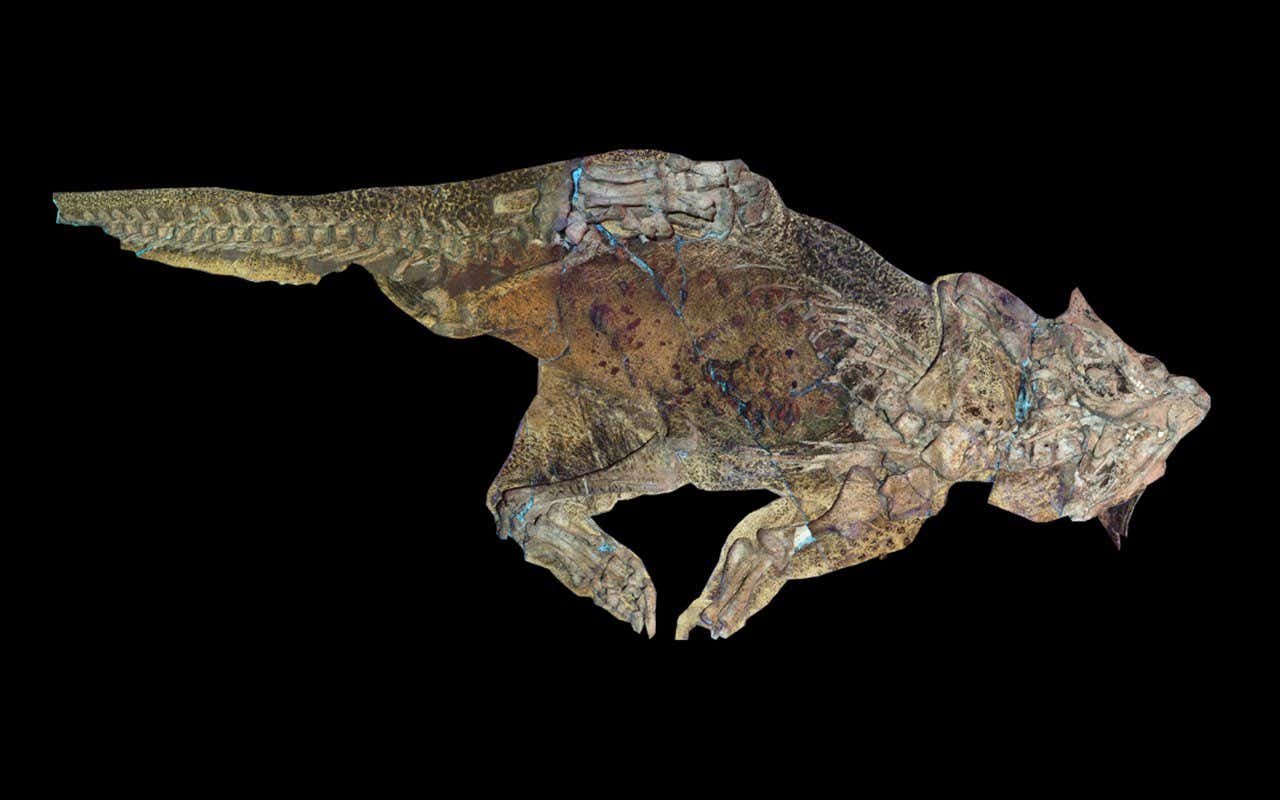
The problem is that many pieces of amber are broken during extraction and eventually turned into jewellery before anyone realises what they contain.
McKellar warns that there are reports of similar specimens in the region, but if they end up in private collections, they will be lost to science forever. Paul Barrett of the Natural History Museum in London called it a ‘beautiful fossil’ — an extremely rare case of vertebrate remains being preserved in amber.

